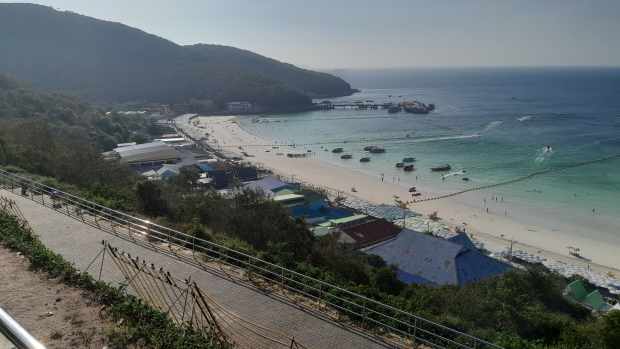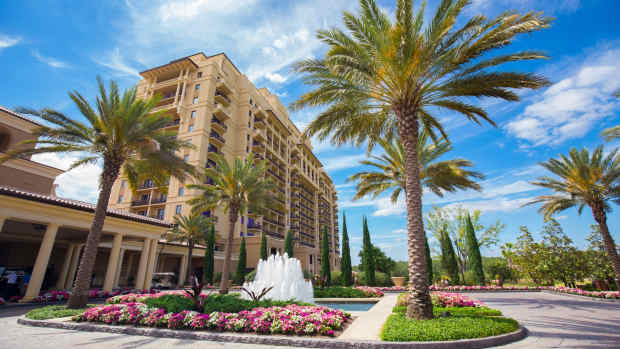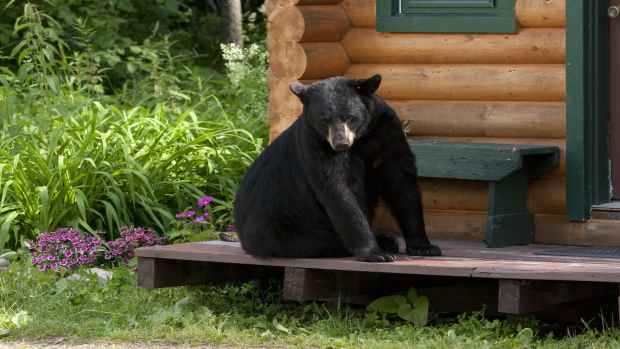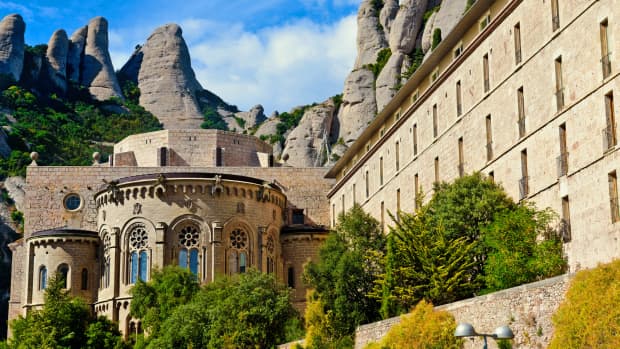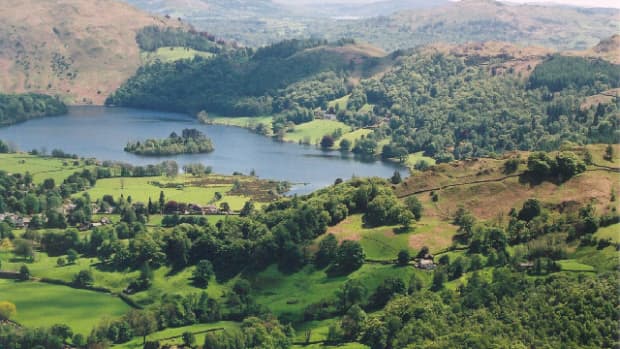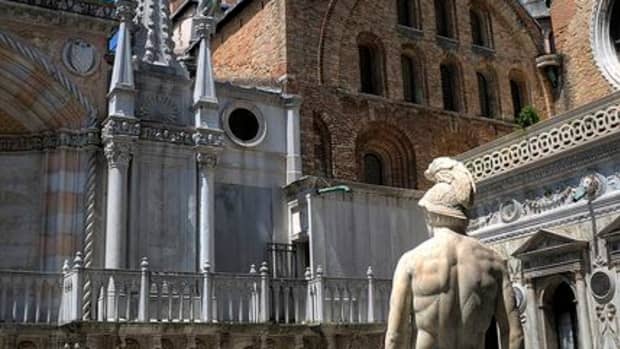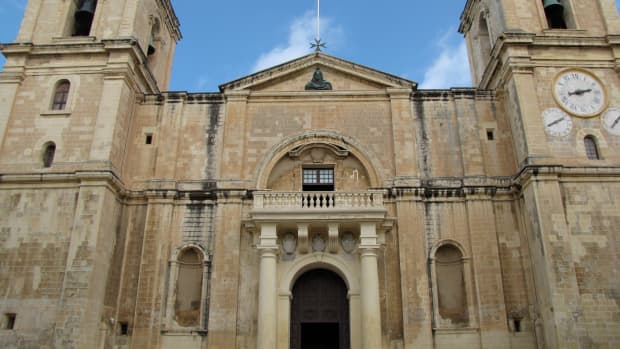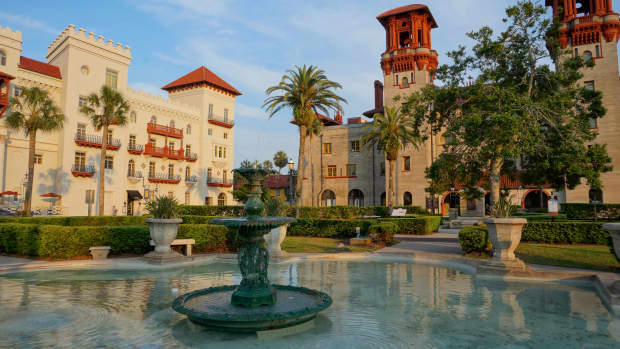Bury St Edmunds: A Visitor's Guide to a Quaint Historic English Town
Experience Bury in Bloom
One of the delightful features of Bury St Edmunds is the stunning floral display made possible by 200 volunteers from the Bury St Edmunds Society.
Each year a coordinated colour theme runs throughout the town in hanging baskets, planters, beds and other displays.
The Abbey Gardens has won the prestigious Green Flag Award on numerous occasions. Approximately 20,000 plants are bedded out in the spring for the summer display and another 12,000 plants and 20,000 bulbs later in the year for the spring displays.
What to Do in Bury St Edmunds
Bury St Edmunds—once a small medieval market town where a huge and enormously wealthy abbey was one of the most important places of pilgrimage in Europe—is one of the treasures of the English county of Suffolk.
Visitors flock here for the floral displays, wonderful and diverse architecture, and the town's spectacular cathedral. Other must-sees include the church where the remains of Henry the Eighth’s favourite sister, Mary—a Queen of France—were laid to rest, and the ruins of the destroyed Abbey that was dedicated to the memory of St. Edmund.
A wealth of specialist shops and boutiques and great award-winning restaurants add to the attractions of this pretty town.



Take a Tour of the Greene King Brewery
The Greene King brewery has a rich history in Bury St Edmunds, dating back to 1799. Its traditionally crafted beers are legendary amongst beer drinkers and are nowadays sold in over 3,000 pubs, restaurants and hotels throughout the UK.
You can take a tour of the brewery and then sample the beers in the on-site Greene King Brewery Cafe.
Stroll the Abbey Gardens and Benedictine Abbey Ruins
The extensive, award-winning municipal gardens are situated on the site of what was once one of the richest and most important Benedictine monasteries in England. The monastery was destroyed during the 16th-century dissolution of the monasteries by King Henry VIII, and only a fragment now remains of what once was. Enter through the magnificent and complete Great Gate, marvel at the ruins, stroll along the meandering pathways through the flowerbeds and take a welcome break in the Garden Cafe.
The Abbey Gardens in Bury St Edmunds





How Did Bury St Edmunds Get Its Name, and Who Was Edmund the Martyr?
- Bury St Edmunds was named to honour Edmund, a King of the East Angles.
- Edmund was born on Christmas Day 841 BCE and became a king at the age of 17.
- He fought alongside King Alfred of Wessex against invading Vikings and was captured by them in 869.
- The Vikings ordered him to renounce his Christian faith. When he refused he was bound to a tree, shot through with arrows and beheaded
- Local legend tells that the decapitated body of the martyr was found by local people. The cries of a wolf drew attention and it was discovered that he was howling over the head of Edmund, which later was miraculously re-attached to the body.
- In 902 King Athelstan founded a religious community care for Edmunds shrine, which became a place of pilgrimage.
- The Abbey, the remains of which are in Abbey Gardens, was built by King Canute in the early 11th century to house Edmunds remains. A cult grew around St Edmund the Martyr and the wealth of the town and the abbey grew as pilgrims flocked to visit the shrine.
- The abbey was destroyed and the monks turned out during the 16th-century Dissolution of the Monasteries by King Henry VIII. The remains of St Edmund were taken to France.
- In 1911 the remains were returned to England and are now kept in the chapel at Arundel Castle.
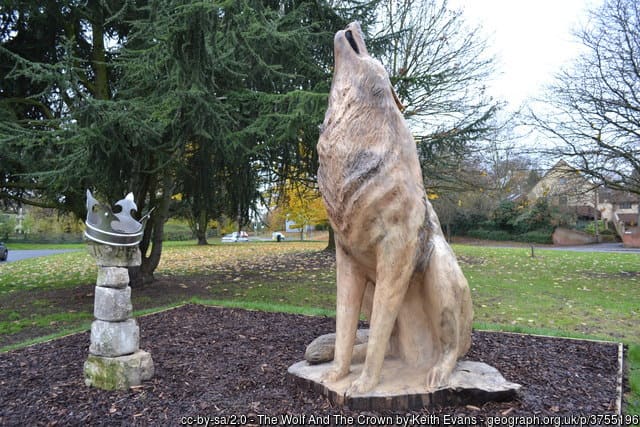
The Wolf and the Crown Statue in Bury St Edmunds. The crown sitting on top of the stones represents the severed head of King Edmund
Creative Commons licence
A Visit to Saint Edmundsbury Cathedral
The great church of the once immense and wealth abbey has undergone substantial improvement works in recent years. Step inside the cathedral and the first impressions are of a light, bright interior and a stunning array of tapestry kneelers which await worshippers, a different design on each of them. Explore a little further to find exquisite modern craftsmanship and spectacular arts and craft works.









Things of Interest in Saint Mary's Church, Bury St Edmunds
Originally part of the Benedictine Abbey, St. Mary's Church was one of three churches built into the abbey precincts. It is now the Civic Church of the Town and Borough of Bury St Edmunds. Distinctive features of the church are the 213-foot nave, which is the longest in an English parish church, and the unique hammer beam 'angel' roof.
The remains of Mary Tudor, the favourite sister of Henry VIII, for whom he named his famous battleship the Mary Rose, lie in an insignificant resting place by the High Altar. Mary married the King of France and after her widowhood returned to her native country.A stained glass window, given by Queen Victoria, depicts her story.
The Regenerated and Repurposed Guildhall
Bury St Edmunds Guildhall is the oldest continuously used civic building in Britain. Discover Bury's past, present and the future in a travel-through-time experience. Allocate 1.5–2 hours for your visit.
Special events are held throughout the year. Check the website for more details.
The Last Working Regency Theatre in the UK
Built in 1819, the Theatre Royal in Bury St Edmunds is now owned by the National Trust and is operated as a lively working theatre. It is said to be one of the most beautiful, intimate and historic theatres in the world. I can attest to the uniqueness of the theatre, having visited here several times to watch performances by the Dance School attended by my niece during her younger days. If you attend a performance you will find that the seating in the pits is on wooden benches. Take a cushion!
Some location shots in the 2019 film A Personal History of David Copperfield were filmed in this theatre.
Tours lasting 75 minutes are available on certain days, except during the winter months. The theatre's website provides full information.
The Restored Georgian Theatre in Bury St Edmunds


The Architecture in Bury St Edmunds Town Centre










Getting to Bury St Edmunds
Only 35 minutes from Cambridge and just under 2 hours from London, Bury St. Edmunds is easily accessible by road and by rail. The train station is a ten-minute walk from the town centre. Regular trains run from London Liverpool Street Station, Cambridge, Ipswich, and Peterborough.
Interesting Places to Visit Near Bury St Edmunds
- Ely Town and Cathedral (26 miles)
- Newmarket Racecourse (on race days) (18.1 miles)
- Ickworth National Trust Property (3.8 miles)
- Cambridge Fitzwilliam Museum (28.7 miles)


- The Official Tourism Site For Bury St Edmunds And Beyond
Welcome to Bury St Edmunds and Beyond, the official tourism site of Bury St Edmunds, where we will be your guide to everything that's happening in the town
Tips for Visiting England
- 6 Iconic Places to Visit in Cornwall, England
Cornwall is a magical land of endless adventures. From ancient ruins and beautiful beaches to bustling towns, you'll never grow tired of exploring this amazing countryside! - What to Know Before You Go to England
Planning to travel to England? There are some things you should know. England is an amazing country rich in history. This is a guide to help travelers make the most of their time there. With these tips and tricks, your trip will go smoothly!
This content is accurate and true to the best of the author’s knowledge and is not meant to substitute for formal and individualized advice from a qualified professional.
© 2018 Glen Rix





